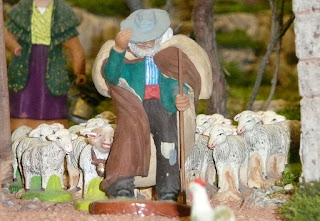The top names in tennis have arrived in Paris for the French Open this week. The tournament, held at Roland Garros, is a major grand slam event and the most important clay tournament in the tennis calendar.
Although the clay surface can lead to long rallies the tennis at Roland Garros is highly entertaining. In fact long back of the court to and fro's can be just as thrilling as serve and volley, even if you have gone off to make a cup of tea and come back to find it's still the same point.
Five times winner in the last six years, will Rafael Nadal keep his crown? Novak Djokovic looks like a threat, but he has looked like a threat in Grand Slams before and not seen it through. Roger Federer is also in the mix, but Rafa is very at home on clay and at the French Open - much the same as Federer on grass at Wimbledon, although of course Nadal has knocked him off his throne twice - so we shall see. But then again Federer did win the French two years ago.
Roland Garros is on the edge of the Bois de Boulogne in the 16th arrondissement. As with other Grand Slam events you can arrive as early as you can in the day and queue up to buy a ground pass. This will allow you into the grounds, and outside courts though not the show courts. However there is usually the chance to buy tickets later in the day for play after people have gone home and handed their tickets back in.
There is a vast range of places to stay in Paris, from reasonably priced hotels to inexpensive apartments to of course top end luxury.
Of course if you have got as far as the French Open the whole of Paris is there before you to see whatever you want.
The following metro stations are convenient for getting to the French Open: Porte d'Auteuil, Michel-Ange Auteuil, Michel-Ange Molitor and Porte de Saint-cloud.
You can find all the latest news about the tournament here Roland Garros. Click here Paris Metro Map for a map of the metro.









